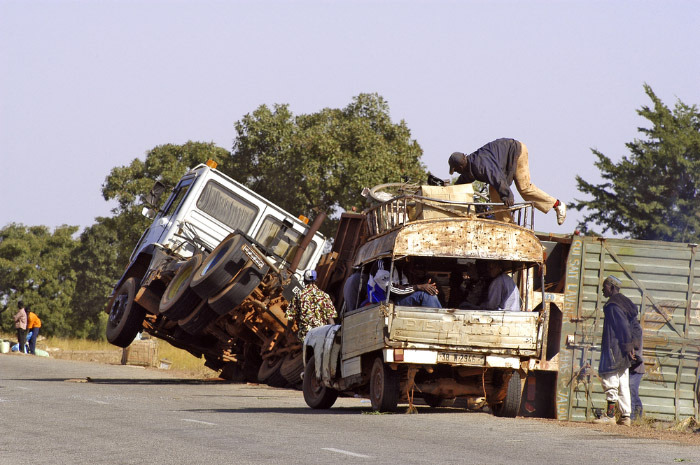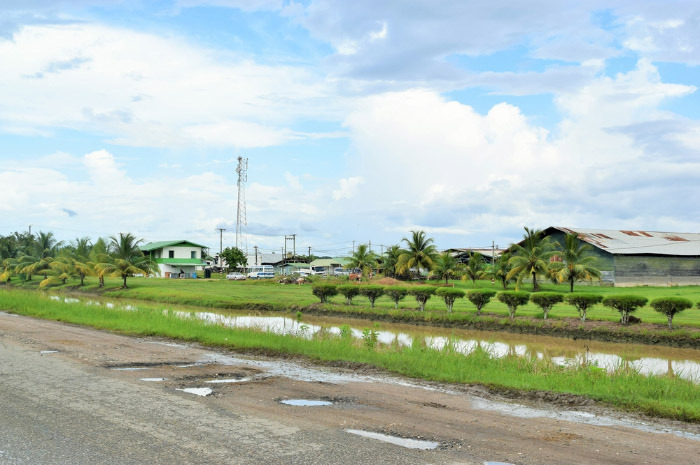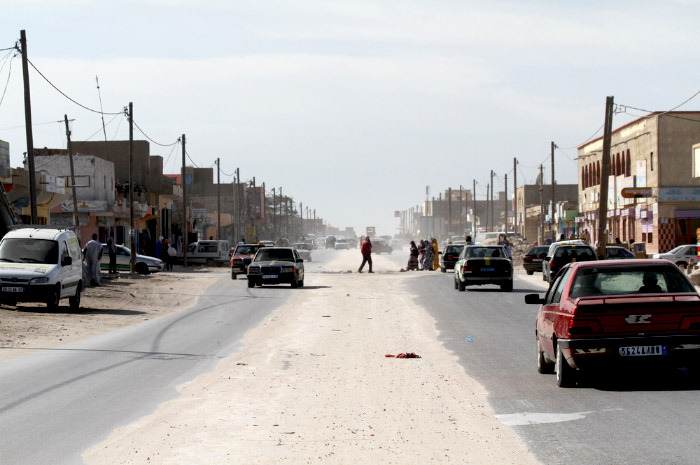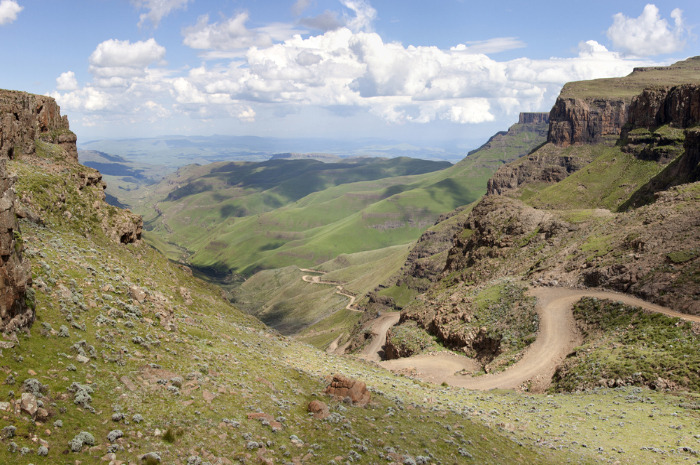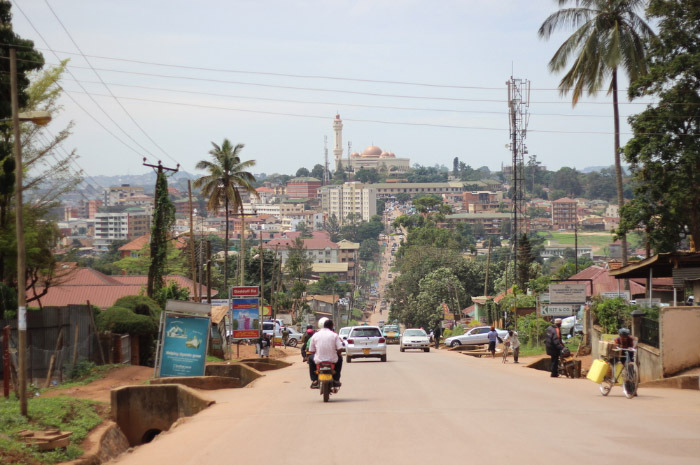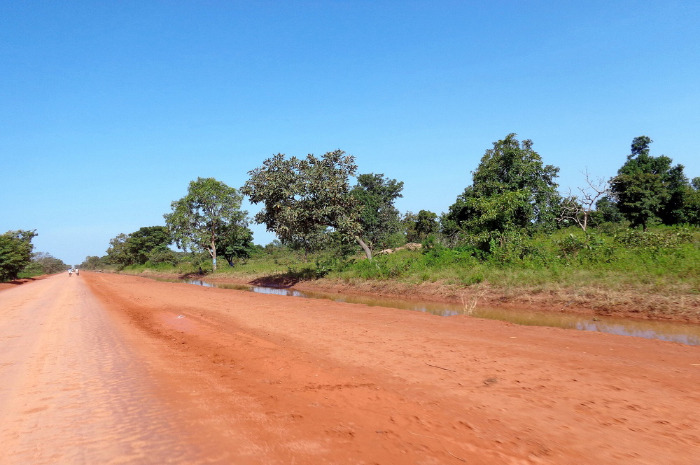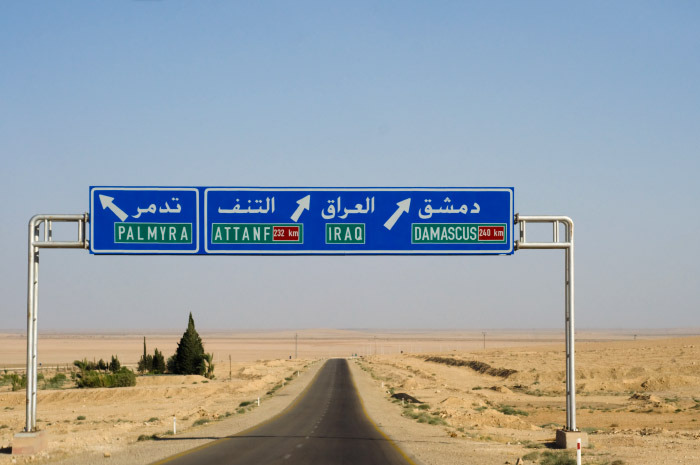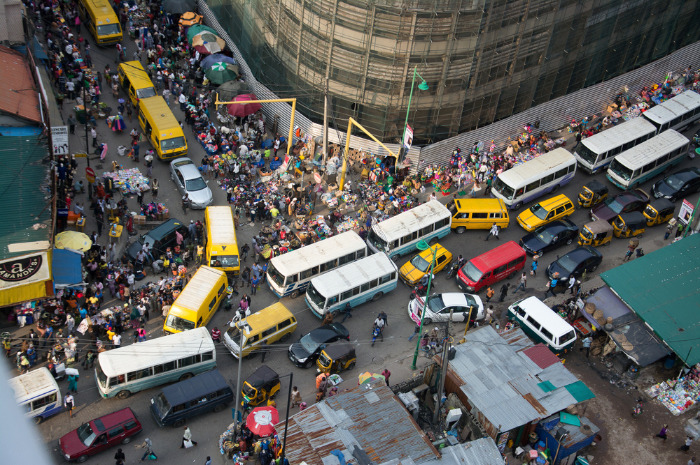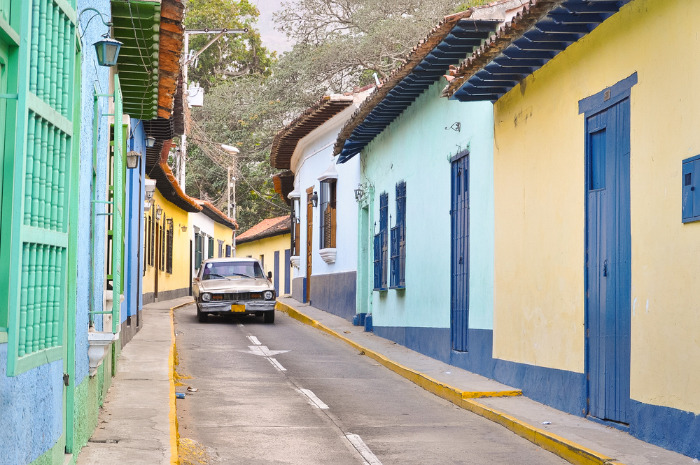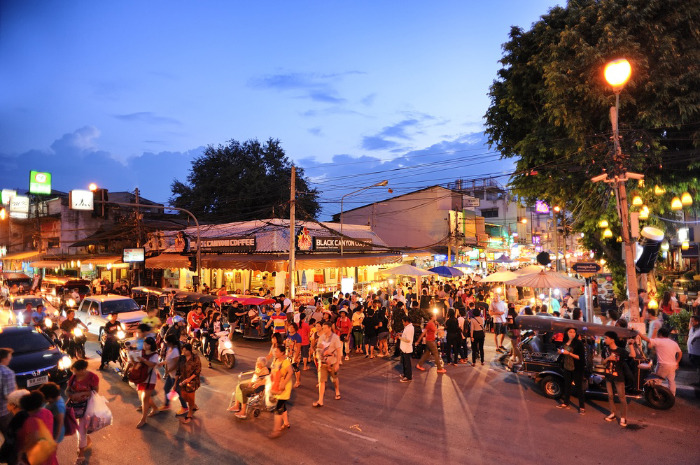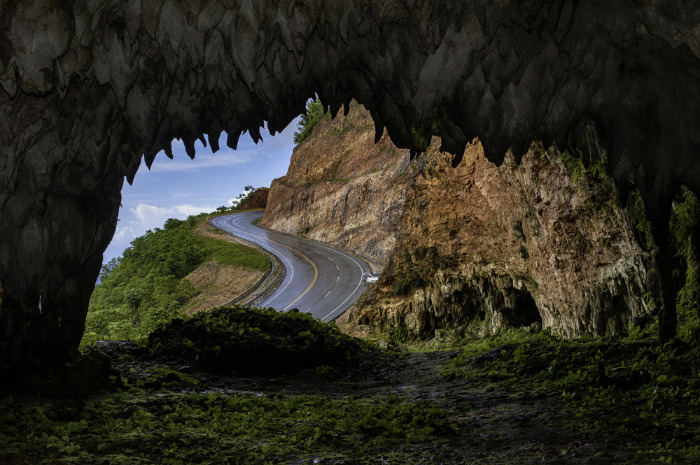The Most Dangerous Places In The World To Drive
The Most Dangerous Places in the World to Drive
The risk of dying in a car accident still largely depends on where people live and how they move around, the WHO says. A big gap separates high-income countries from low- and middle- income ones where 90 percent of road traffic deaths occur in spite of having just 54 percent of the world's vehicles. Africa has the highest death rates per capita. The following list is based on information by WHO, World Atlas, and Country Reports.
15. Burkina Faso
Formal audits are not required for new road construction projects and there are no policies to promote walking or cycling. No policies exist to separate road users and VRUs, according to a 2015 WHO report. All of these combined contribute to a road fatalities rate of 27.7 per 100,000 inhabitants a year.
14. Guyana
Driving in Guyana can be very hazardous. Fatalities rate is 27.8 per 100,000 people. Cars, large commercial vehicles, horse drawn carts, bikers, motorcycles, free range livestock, stray dogs, pedestrians, aggressive "mini-buses," and sleeping animals all share narrow, poorly maintained roads, according to Country Reports. Aggressive, speeding vehicles on the same roads with slow-moving vehicles makes driving in Guyana especially dangerous. Driving at night poses additional concerns as many roads are not lit.
13. Mauritania
Public transportation is not safe and road conditions in Mauritania are generally poor, particularly in the interior. Overland travel is difficult and roadside assistance is non-existent, according to Country Reports. The harsh climate makes road maintenance and repair especially problematic. The fatalities rate from car accidents is 28 per 100,000 residents.
12. Lesotho
There are laws against drunk driving and for putting on a seat belt but both are not strictly enforced, according to WHO. Aggressive and unpredictable local driving habits result in frequent collisions. Driving after dark is dangerous due to the absence of street lighting and livestock on the roads. There are, on average, 28.4 road fatalities per 100,000 inhabitants.
11. Uganda
Uganda doesn't have a national road safety strategy, according to WHO, and there is no fatality reduction target. A big problem is that fact that most of the inter-city transportation is by small van or large bus. Many drivers of these vehicles have little training. Small vans and large buses are often poorly maintained and travel at high speeds. The death due to car accident rate is 28.9 per 100,000.
10. Chad
Road safety laws are not really enforced in Chad, according to WHO. On top of that, infrastructures are in poor condition and dangerous. In the capital city of N'Djamena, only the main roads are paved. During the rainy season many roads become impassable, while during the dryer season, clouds of dust rising from the roads reduce visibility. Fatality rate is 29.7 per 100,000 people.
9. Oman
The estimated road traffic death rate is 30.4 per 100,000 inhabitants. Roads in cities are, for the most part, in good condition, but travel between cities, especially at night, may be unsafe due to poor or no lighting, wandering livestock, and speeding drivers, according to Country Reports.
8. Guinea-Bissau
There is no national motorcycle helmet law, no national seat-belt law or on cell phone use while driving, according to WHO. The public transportation system, urban and rural road conditions, and availability of roadside assistance are all poor, according to Country Reports. There is lack of lighting at night. Also, there are landmines left in place from the civil war and the war of independence. Road fatalities rate is 31.2 per 100,000 inhabitants.
7. Iraq
Iraq is the seventh most dangerous country to drive in, according to World Atlas, suffering 31.5 fatalities per 100,000 inhabitants. Travel within Iraq remains very dangerous given the security situation. The drivers here are impatient and rude, and they drive anywhere they can, according to VirtualTourist.
6. South Africa
Deaths from road accidents are more than twice as high in South Africa as they are globally, according to Country Reports. The high incidence of mortality – 31.9 per 100,000, according to WHO – is due to a combination of poor driving, limited enforcement of traffic laws, road rage, aggressive driving, distracted driving, and driving under the influence of alcohol.
5. Nigeria
Road mortality rate is 33.7 per 100,000 people. Excessive speed, unpredictable driving habits, lack of basic maintenance and safety equipment on many vehicles, and the absence of any official vehicle inspection for roadworthiness all present additional hazards, according to Country Reports. Drivers don't respect the right-of-way rule, give little consideration to pedestrians, and accidents on inter-city highways with high casualties are common.
4. Iran
Iran is the fourth most dangerous county to drive in, as per the data, with 34 road fatalities per 100,000 residents. Traffic is generally busy and chaotic. Close to 20,000 people die from vehicle accidents each year in Iran, according to local officials. This is the second highest cause of mortality in the country, according to the U.S. State Department. Drivers ignore traffic lights, traffic signs, and lane markers. Urban streets are not well lit, and sidewalks exist only on main roads and are usually blocked by parked cars.
3. Venezuela
The deaths rate to be is 37.2 per 100,000 people. Many roads are in good condition, but there are also gravel and dirt roads with potholes and landslides, according to TripAdvisor. The rainy months of May and October are the most dangerous for pedestrians and drivers. Also, pedestrians don't have the right of way as they do in many other countries, so if you slow down or stop at a crosswalk, you could cause an accident with unsuspecting motorists.
2. Thailand
Thailand's fatality rate is in the upper 30s per 100,000 inhabitants. There are no formal audits required for new road construction projects, according to WHO, and there are no regular inspections of existing road infrastructure. Speeding, drunk driving, and barely enforced road laws are some of the most common reasons for the high number of accidents.
1. Dominican Republic
Each year, approximately 42 out of 100,000 people in this Caribbean nation die in road accidents. Drunk driving, exceeding speed limits, making sudden lane changes without signaling properly, and not paying attention to stop signs are some of the contributing factors to car accidents in the country.


